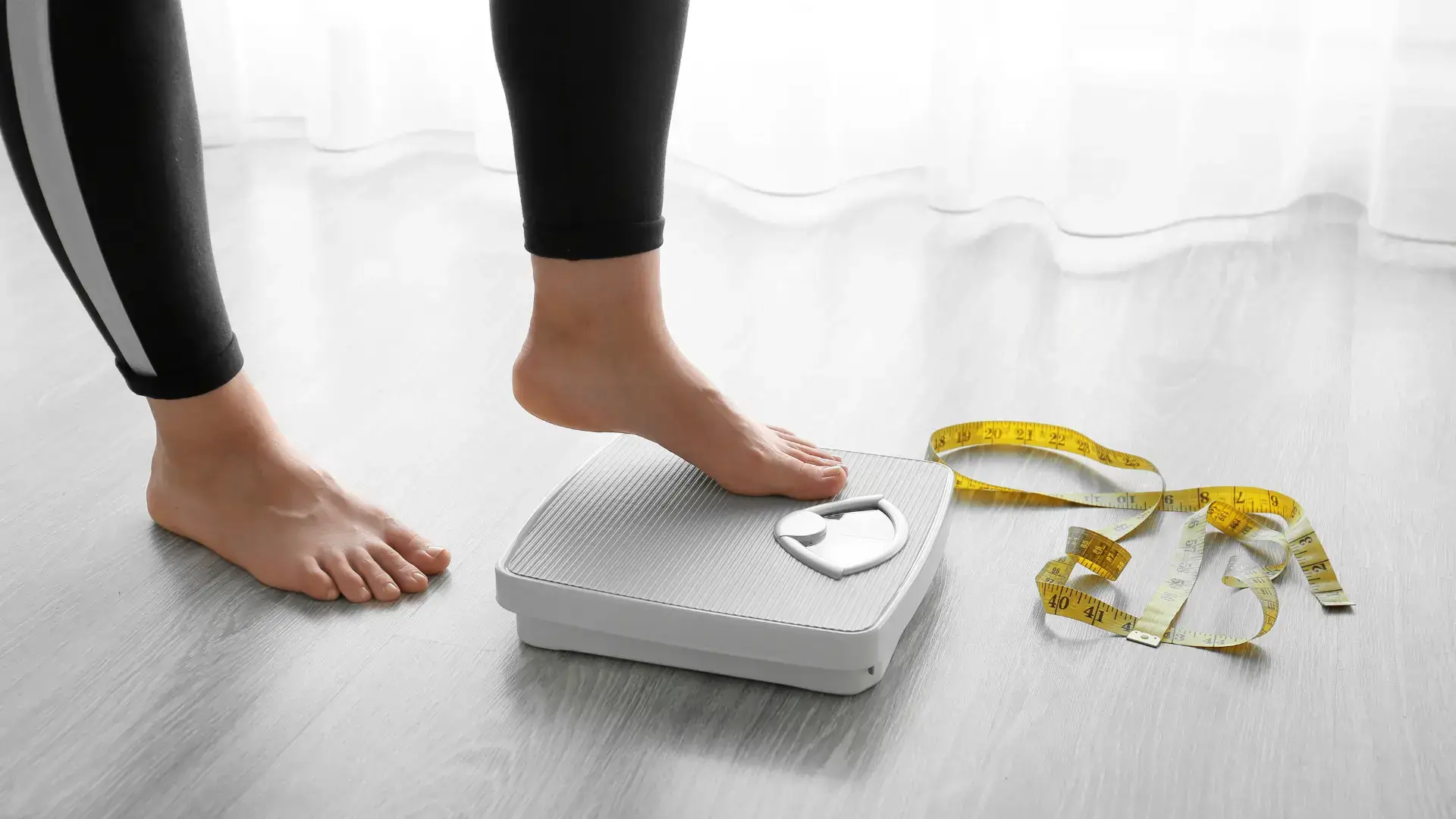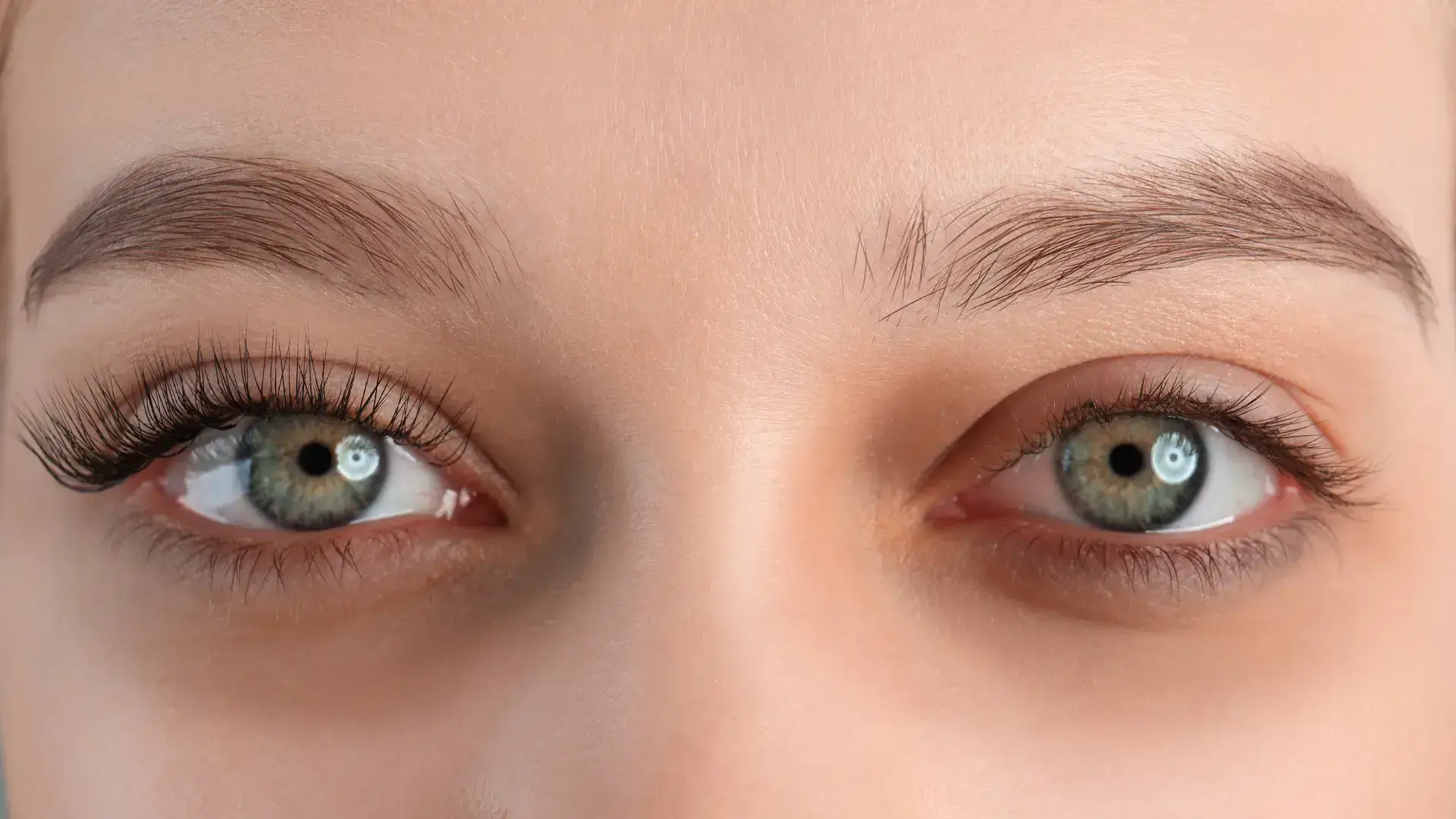Throughout the years, innovative treatments like injectable filling agents have significantly shaped aesthetic medicine. Providers have employed these agents for decades, providing an effective solution for correcting skin concerns. As the field of aesthetic medicine continues to improve, there has been a notable increase in patients opting for soft-tissue fillers.
Among the soft-tissue fillers, hyaluronic acid and poly-L-lactic injectables have emerged as effective non-surgical alternatives for those seeking facial enhancements. Specifically, Restylane and Sculptra’s unique formulations have the potential to rejuvenate patients’ appearances, restoring a youthful look without the hassle of surgery.
This article will compare Restylane vs Sculptra and examine their differences in composition, mechanism of action, and clinical applications.
Key Takeaways
- Restylane injections capitalize on hyaluronic acid, while Sculptra contains poly-L-lactic acid (PLLA) substances.
- Medical professionals may recommend Restylane for individuals wanting immediate results, while Sculptra is for those who wish for gradual improvements.
- Medical professionals must discuss the treatment process, benefits, and potential risks to individuals, allowing them to make informed decisions.
- Restylane and Sculptra injectables have specific indications and patient selection criteria on which providers base their use to ensure a smooth and safe procedure.
- The choice between Restylane and Sculptra depends on the provider’s recommendations, desired results, benefits, and potential risks.
About: Medica Depot is your trusted all-in-one supplier, offering a range of high-quality medical injectables and supplies. Buy Restylane online at Medica Depot today! Whether for health professionals, plastic surgeons, dermatologists, licensed estheticians, or other specialists, we can offer genuine, brand-name products you may need. With Medica Depot, we prioritize serving you better to improve the patient’s quality of life.
Composition and Mechanism of Action

Patients may have compared Restylane vs Botox and Restylane or Juvederm, but Restylane and Sculptra can be a tight-knit competition in determining a safe and effective aesthetic treatment choice. Although Restylane and Sculptra may both offer injectable fillers, they differ in their compositions and how they work within the skin.
Restylane injections capitalize on hyaluronic acid (HA) and its unique ability to keep the skin hydrated and moisturized. Their collection of dermal fillers ensures that the clear HA gel formulation can maintain natural movement, expression, precision, and structure, thanks to its patented NASHA and XpresHAn technologies.
When injected by medical professionals, Restylane acts like the body’s naturally produced HA, which can volumize, contour, and enhance facial regions. Restylane can provide immediate volume or improvement in the skin after the treatment.
While Sculptra’s specific composition is not readily available, its injections contain poly-L-lactic acid (PLLA) substances. This injection stimulates the natural skin collagen to resist signs of aging, such as fine lines, wrinkles, and sagging.
Compared to Restylane, Sculptra works deep within the skin and helps restore the inner structure. It gradually improves the skin quality and restores facial volume.
Clinical Applications
Medical professionals can use Restylane and Sculptra for different aesthetic treatments. These providers can determine the best treatment option for individuals based on their overall health, specific needs, aesthetic goals, and treatment expectations.
Restylane’s hyaluronic acid dermal fillers offer immediate volume and hydration to the skin. Medical professionals know this brand’s versatility, addressing aging signs and facial contour deficiencies and offering overall facial rejuvenation.
The injectable poly-L-lactic acid Sculptra is indicated for use in individuals with a healthy immune system who are dealing with nasolabial folds, aging signs, and other facial wrinkles. Sculptra stimulates collagen production for gradual yet longer-lasting treatment outcomes.
Medical professionals may recommend Restylane for individuals wanting immediate results, such as filling the hollows and creases. However, they may suggest Sculptra to those who wish a subtle rejuvenation over time, like midface volume improvements.
Indications and Patient Selection Criteria

It’s worth noting that medical professionals must discuss the treatment process, benefits, and potential risks to individuals, allowing them to make informed decisions for their procedure. Moreover, equipping patients with comprehensive information makes them feel confident and at ease about their treatment.
Restylane and Sculptra injectables have specific indications and patient selection criteria on which providers base their use to ensure a smooth and safe procedure. Restylane has nine injectables with US FDA-approved uses and proven efficacy in these regions.
- Restylane and Restylane-L: Facial wrinkles and folds
- Lyft with Lidocaine: Facial wrinkles and folds, cheek augmentation, and midface contour
- Silk: Lip augmentation and perioral wrinkles
- Kysse: Lip augmentation and upper perioral wrinkles
- Refyne: Facial wrinkles and folds
- Defyne: Facial wrinkles and folds and augmentation of the chin region
- Contour: Cheek augmentation and midface contour
- Eyelight: Infraorbital or under-eye hollowing
Moreover, patients with severe allergies with a history of severe reactions (anaphylaxis), lidocaine, and/or gram-positive bacterial proteins used to make hyaluronic acid must not receive Restylane. Those who are prone to bleeding or have a bleeding disorder, pregnant or breastfeeding, and children must also avoid these injectables.
The important safety information provided by Sculptra specified the patient selection criteria and areas of product treatment. Understanding these indications can ensure patients receive safe and effective treatment and minimize risks and complications.
- Patients with a healthy immune system seeking solutions for shallow to deep nasolabial folds and aging signs can receive Sculptra.
- Individuals who seek restoration or correction of facial fat loss.
- Patients who need correction of fine lines and wrinkles in the cheek region.
Meanwhile, the injection also has a few contraindications that medical professionals must remember to avoid further complications.
- People who have allergies to any ingredient in the product or have a history of keloid formation or hypertrophic scarring.
- Pregnant, lactating, breastfeeding, or children under 18 years of age.
Thanks to its collection of fillers with different uses, Restylane injections have more indications than Sculptra.
Injection Techniques and Expected Outcomes

Proper injection techniques can significantly impact the treatment outcomes of Restylane and Sculptra. Medical professionals know and understand the appropriate method to maximize the injection’s benefits and reduce the complication risks.
- Restylane: According to the instructions, medical professionals can administer Restylane injections using various techniques, depending on their experience and preference. These include Serial puncture, linear threading, and cross-hatching.
- Sculptra: Medical professionals can ensure optimal results using Sculptra when they use the appropriate injection techniques, including linear threading, bolus, fanning, and cross-hatching.
Providers must set and manage realistic patient expectations before treatment to increase patients’ satisfaction afterward. They must explain the difference between Restylane and Sculptra, their temporary nature, immediate and gradual outcomes, similar benefits, and different mechanisms of action.
Choosing Between Restylane and Sculptra
The choice between Restylane and Sculptra depends on the provider’s recommendations, desired results, benefits, and potential risks. When selecting the appropriate filler for their aesthetic treatment, patients must consider several factors.
- Goals and Expectations
- Treatment Area
- Longevity of Results
- Number of Injections Required
- Quick Procedure and Minimal Downtime
- Immediate or Gradual Showing of Effects
Fortunately, providers can tailor treatment plans based on patient needs and desired outcomes. During the consultation, they may ask for various patient information to help them customize the treatment to patients.
While specific case studies comparing Restylane vs Sculptra are unavailable, the clinical studies have highlighted these brands’ safety and efficacy. Moreover, the average rating of Restylane-treated patients RealSelf reached 88%, while Sculptra only received an average of 77%.
Li et al. (2019) conducted a randomized controlled trial with Restylane and Restylane Lyft to treat nasolabial folds. The two Restylane injections effectively treated moderate to severe nasolabial folds and are well-tolerated by individuals.
According to Fabi et al. (2024), Sculptra injections are well-tolerated by patients. They reduce the severity of cheek lines and wrinkles while enhancing skin quality. The randomized trial also underscored the high patient satisfaction and long-lasting treatment outcomes over 12 months.
Conclusion
Restylane and Sculptra offer unique benefits due to their distinct compositions and mechanisms of action. Restylane, a hyaluronic acid-based filler, provides immediate volume and hydration, making it ideal for treating superficial lines and wrinkles. On the other hand, Sculptra, a Poly-L-Lactic acid filler, stimulates collagen production for gradual, long-lasting results, making it suitable for significant volume loss.
Choosing between Restylane and Sculptra depends on the patient’s goals, the area of treatment, and the desired longevity of results. Medical professionals can ensure patients receive safe and effective treatment when they help tailor treatment plans based on patient needs and desired outcomes, which is crucial in aesthetic medicine.
FAQs
1. What are the key differences between Restylane and Sculptra?
Restylane is based on hyaluronic acid and provides immediate volume and hydration to the skin, while Sculptra contains poly-L-lactic acid and works beneath the skin surface, gradually improving skin quality and restoring facial volume.
2. What are the clinical applications of Restylane and Sculptra?
Restylane is used for immediate volume enhancement and has gained FDA approval for various facial areas, while Sculptra is indicated for individuals with nasolabial folds, aging signs, and facial wrinkles, offering gradual and longer-lasting treatment outcomes.
3. What should patients consider when choosing between Restylane and Sculptra?
Patients should consider their specific needs, aesthetic goals, and treatment expectations. Medical professionals should discuss the treatment process, benefits, and potential risks with patients to help them make informed decisions and determine the best option.
References
- Eppley, B. L., & Dadvand, B. (2006). Injectable soft-tissue fillers: clinical overview. Plastic and reconstructive surgery, 118(4), 98e–106e. https://doi.org/10.1097/01.prs.0000232436.91409.30
- Sculptra ®. (n.d.). In sculptrausa.com. Sculptra USA. Retrieved June 3, 2024, from https://www.sculptrausa.com/docs/Sculptra-e-IFU
- Fabi, S., Hamilton, T., LaTowsky, B., Kazin, R., Marcus, K., Mayoral, F., Joseph, J., Hooper, D., Shridharani, S., Hicks, J., Brasater, D., Weinberg, F., & Prygova, I. (2024). Effectiveness and Safety of Sculptra Poly-L-Lactic Acid Injectable Implant in the Correction of Cheek Wrinkles. Journal of drugs in dermatology: JDD, 23(1), 1297–1305. https://doi.org/10.36849/JDD.7729









